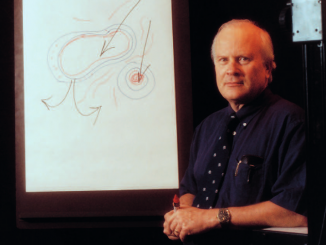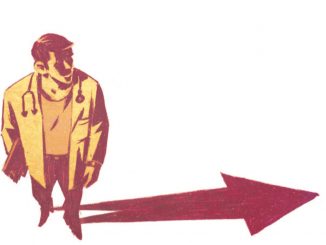The Greek women sitting in the National and European parliament managed to find a prominent place in the political agenda for women with breast cancer through the establishment of the so-called “road map for treating breast cancer”, an alliance at the scientific, institutional and political level, under the umbrella of the Ministry of Health.
 The “road map for treating breast cancer” is a list of health policy proposals for breast cancer management which have been drafted by experts of the National School of Public Health in collaboration with the Hellenic Society of Medical Oncology, based on the results of a study – carried of out by the National School of Public Health together with the Hellenic Association of Women with Breast Cancer “Alma Zois” – describing the “adventure” of women from the diagnosis of cancer until the recovery.
The “road map for treating breast cancer” is a list of health policy proposals for breast cancer management which have been drafted by experts of the National School of Public Health in collaboration with the Hellenic Society of Medical Oncology, based on the results of a study – carried of out by the National School of Public Health together with the Hellenic Association of Women with Breast Cancer “Alma Zois” – describing the “adventure” of women from the diagnosis of cancer until the recovery.
The health policy proposals are focused on three areas: prevention and early diagnosis; diagnosis, treatment and monitoring; and Research, evaluation of services and financing of care.
According to the study of the National School of Public Health, 49% of women in Greece had never done a breast self-examination and 35,7% had never had a mammogram. Women with high income and those with fixed doctor for breast control are more likely to make mammography. Three women out of ten reported obstacles to access to a doctor for an ultrasound and breast palpation, and more than four in ten barriers in accessing mammograms. The reasons were: “too busy”, “negligence”, or “high cost”. Only 30,7% of women surveyed identified the problem during screening. In Greece most women with breast cancer choose for the surgery a private hospital (57,4%). The private sector has also a high selection rate in the other stages of treatment (chemotherapy, radiotherapy). The treatment cost is covered mainly by the public insurance, but the patients also contribute out of pocket payments. In families hit by the illness, one in two households spend more than 20% of the family income for breast cancer management. About 10% of women surveyed were forced either to borrow money or to sell assets.





